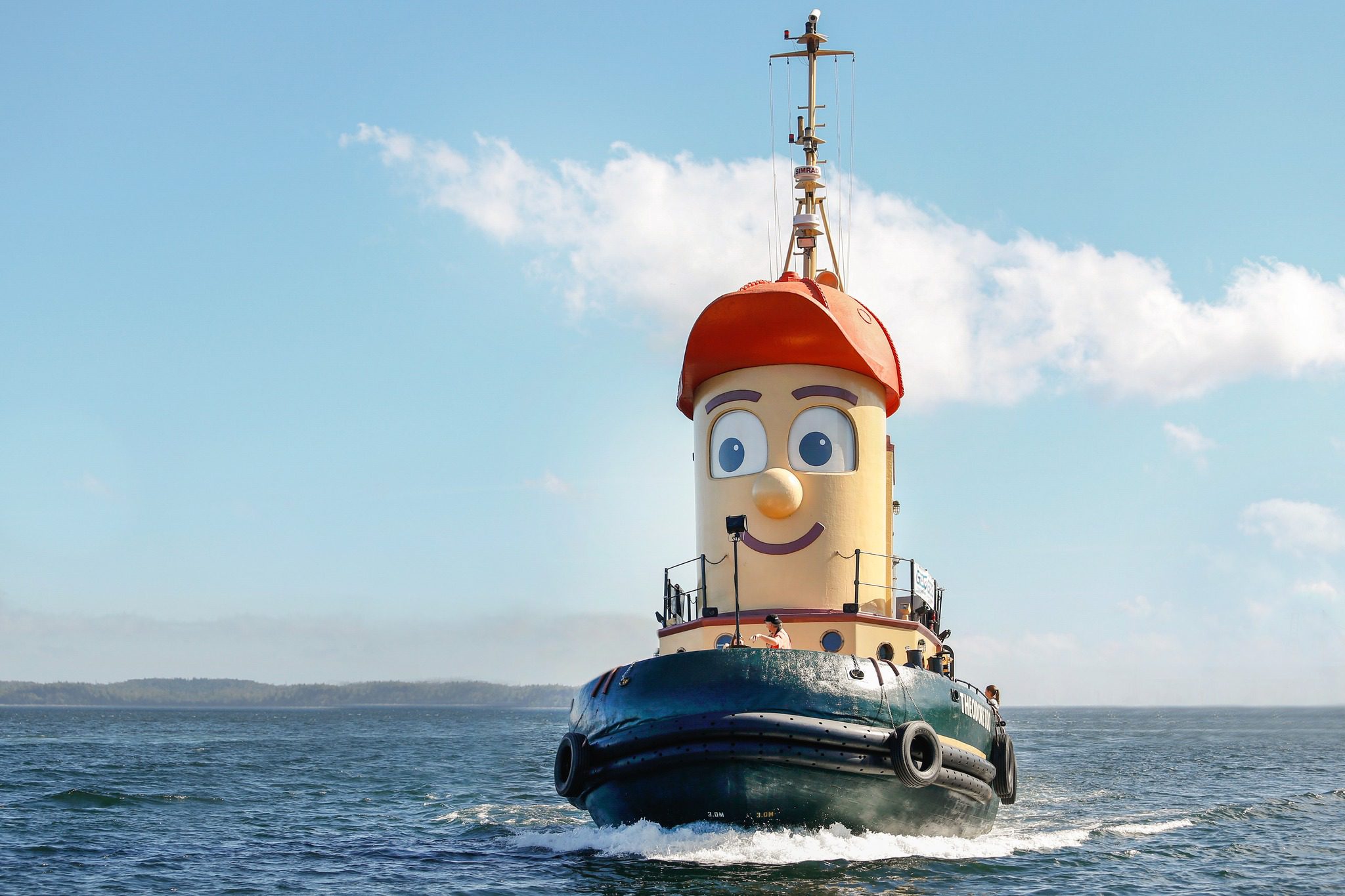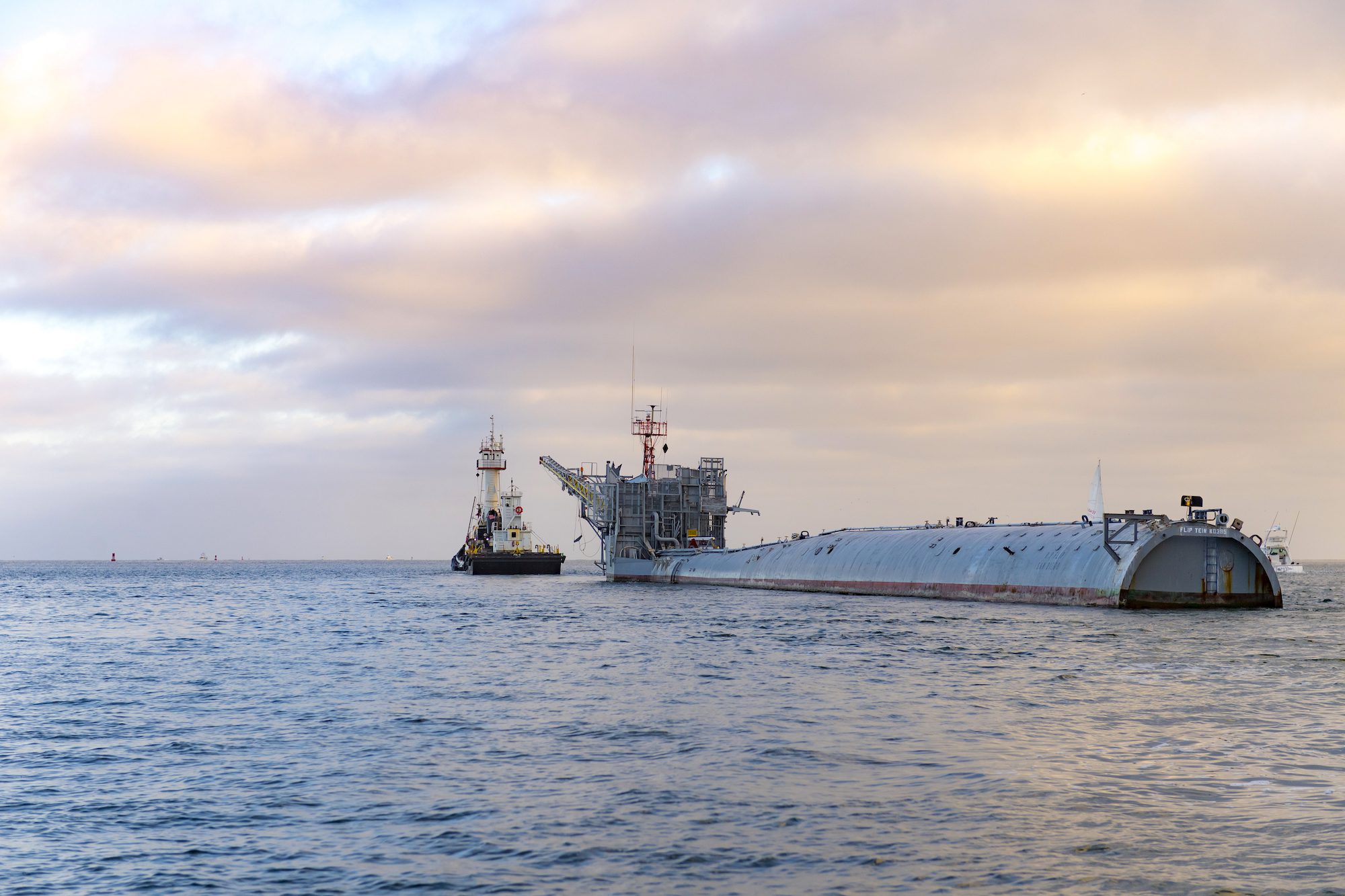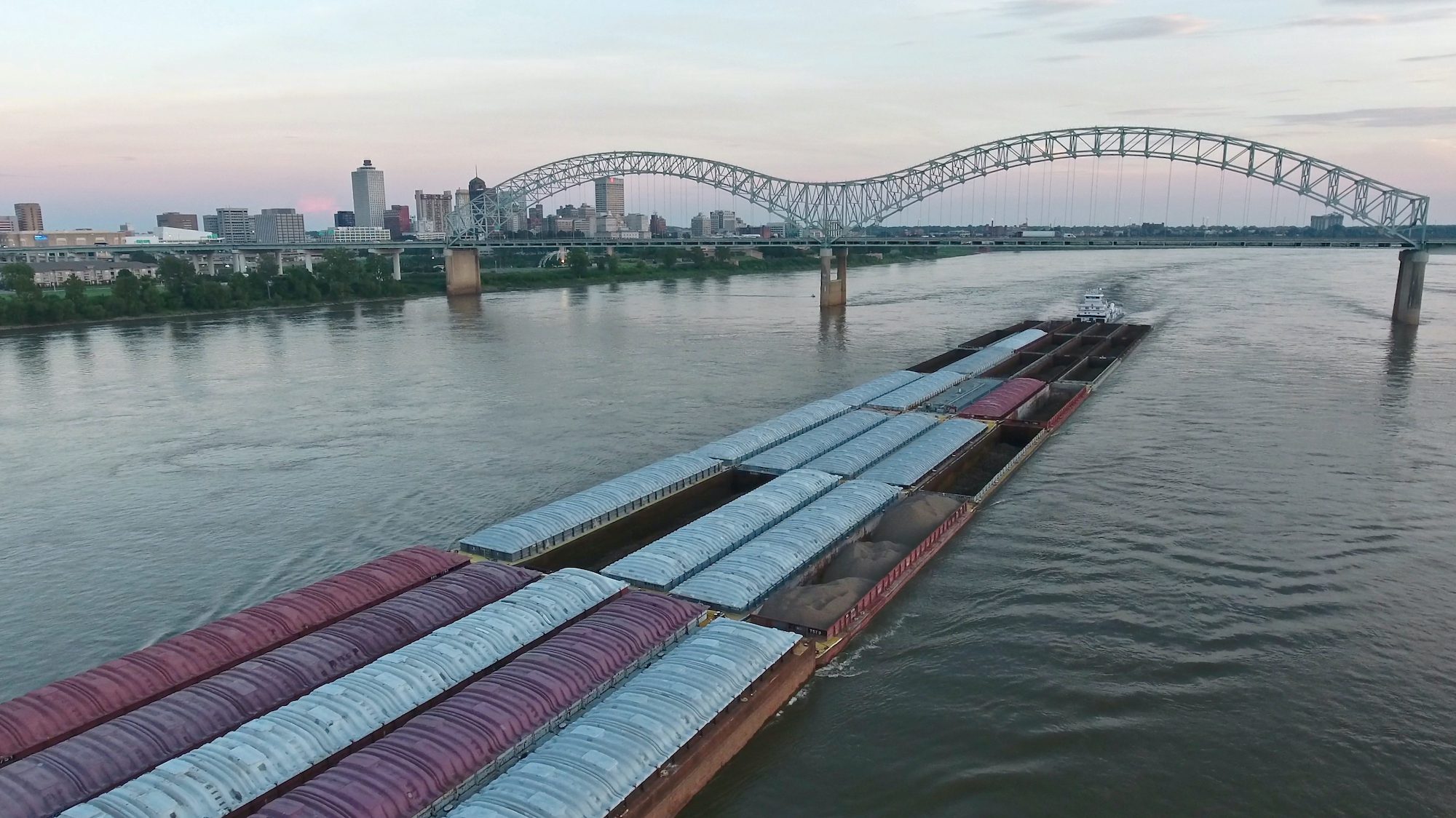Copyright: Rasdi Abdul Rahman
by Jaquelyn Burton, (Coeval) So much of our time in the maritime industry – both afloat and ashore is devoted to planning. But, how much planning is the right amount – Does such a thing exist? Many times as accident investigations can attest, planning either wasn’t done or was failed to be effectively communicated to the people who were tasked with executing it.
A seemingly unlimited amount of time could be spent planning, and accounting for severely unlikely hypothetical situations. Resulting in a plan that is both unnecessarily long or incredibly convoluted and is hence less useful and accessible to the people who must execute it; wasting time in both the plan’s creation and its explanation. Time which is of limited availability on board and are restricted under the Manila Amendments.
Planning is not an all-or-nothing proposition. While it is said that a failure to plan is planning to fail or that proper prior planning prevents poor performance – those statements don’t encapsulate what is needed to have an effective plan. One that is complete enough to be properly executed, yet not so elaborate that is confusing or has information that is entirely irrelevant to the actual application of the plan. The whole purpose of having a plan is to meet the goal and objectives.
There are many situations in the realm of safety management where the planning exercise has moved away from a strategic and goal-oriented mindset. Creating instead an extreme form of risk mitigation where assignments of likelihood and the scenario’s severity are guessed at. Both are assigned values that present a certainty that does not exist, a matrix is consulted, and the project or task is moved ahead with, another hypothetical mitigation step is taken, or decided it is not worth the risk.

The green areas are typically considered to be an acceptable risk – while areas in the red are deemed to be unacceptably dangerous. The yellow areas represent risks that should be mitigated for the plan to move ahead safely.
This matrix while nice in theory – in fact, tells us nothing about the real likelihood of the events nor much about what their actual severity would be.
While it may be an excellent thought experiment in what could occur – never would all possible scenarios be covered. It has become part of the blame culture that is masquerading as safety culture, in many industries at them moment. The quantification of risk, tracking all scenarios, driving for a zero lost time incident record, trying for perfection through procedures and planning.
Nothing is certain in life, it is also not precise in planning. This year there was an accident where a worker went overboard and drowned. Risk assessments had been made, planning had been done, and permits had been issued. Yet, the danger that had lain unaccounted for claimed that worker’s life.
When planning and then enacting it, the objective is important, and situational awareness is essential. We work in inherently and potentially dangerous conditions, that are subject to problems with the weather, hazardous substances, heavy machinery, and enclosed spaces all of which require clear communication and situational awareness to keep us safe.
In facing the challenge of working efficiently and maintaining a high safety standard we need to look towards other industries who have faced similar problems and approached it in different ways. Lack of openness, dialogue, and transparency of operations can and has led to many injuries and deaths.
Think of the deck and engine departments onboard. Both departments have jobs to do, sometimes both of the departments are working in the same places onboard the vessel, each with its plan and each had their meetings about the jobs to take place that day. If they don’t communicate and plan together it can have disastrous consequences.
An example that comes to mind is of an electrician who was crushed to death by a leg of a gantry crane. The deck and engine departments hadn’t communicated what equipment would be used that day and ensuring that crew members from all departments were aware.
A good plan should consider:
– The goal and objectives
– Who will be involved
– Communication within the team and between departments
– Who could be affected and needs to be informed of the plan
– Re-evaluation with the flexibility to adapt should the first plan be inadequate.
Focusing on why the task must be done, you have the resources and insight of the entire team to approach the primary objective through batches of smaller objectives, which can be easily communicated.
There are always more than one way to approach a task, plan, and objective – plan enough to set clear objectives and expectations of potential problems but don’t forget to include why each objective is important and if they must be achieved in a particular order. Problems will always come up – no matter how much you plan, be adaptive and communicate.
Effective communication before and during, and each step with your team is more important than making a list on paper that no one reads. Stay safe by communicating, stop and re-evaluate whenever you feel unsure – the ability to say that you don’t know and aren’t sure is what keeps you and everyone around your safe.
Evaluate the situation always, take steps back when you need to, talk, work out problems.
If you don’t feel safe – stop.
No amount of paperwork, plans, instructions, regulations or guidelines will keep you safe at sea – use your judgment, keep yourself safe.
Have courage – If you don’t feel safe – stop, better that than to be the subject of an accident report or the reason for a new regulation.
Don’t just follow a plan without thinking about it, or discussing it. Stay safe – your family and shipmates are counting on you.
Find out more about us at Coeval Inc. Join the discussion #ModernMariner.

 Join The Club
Join The Club












